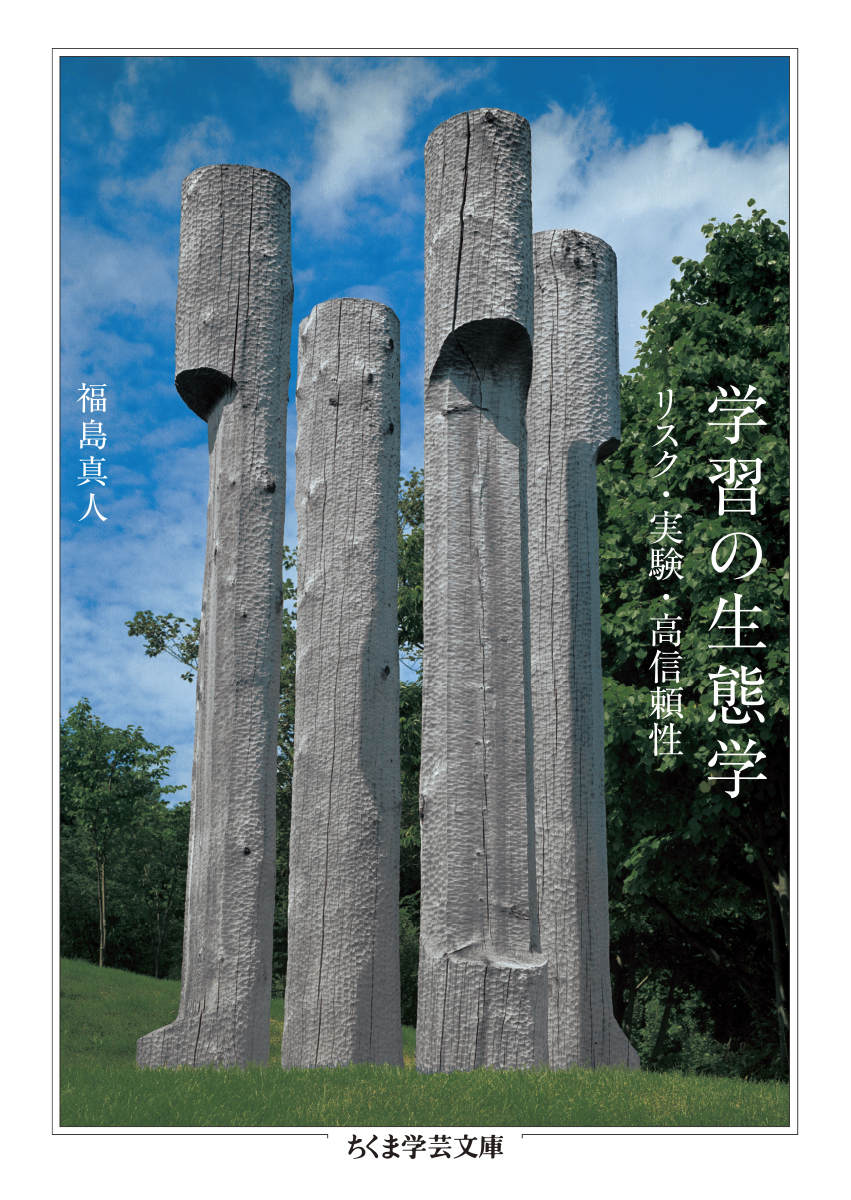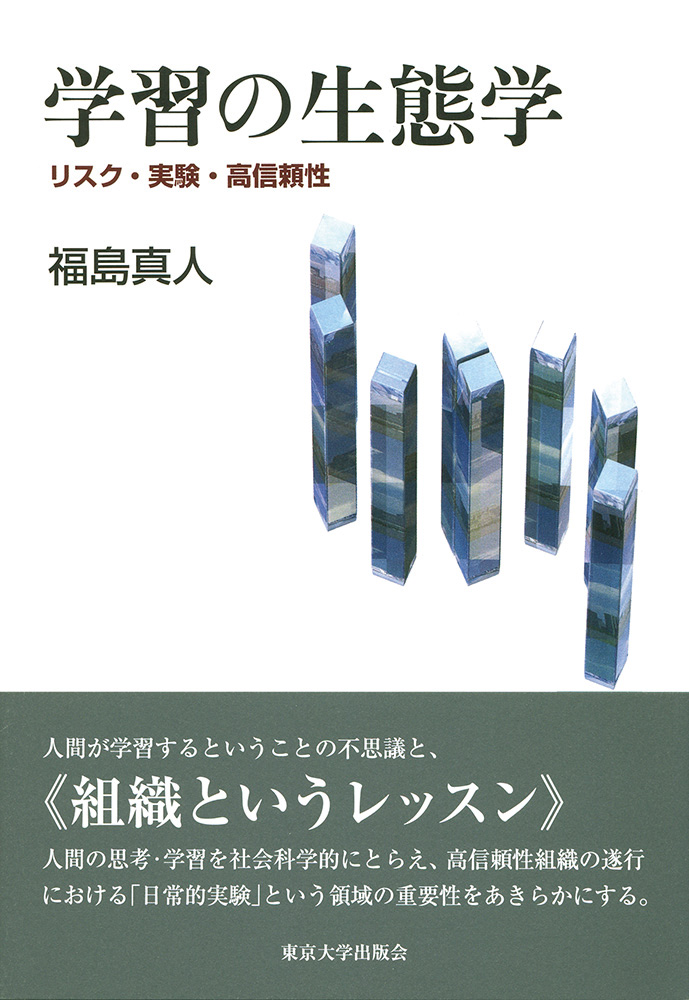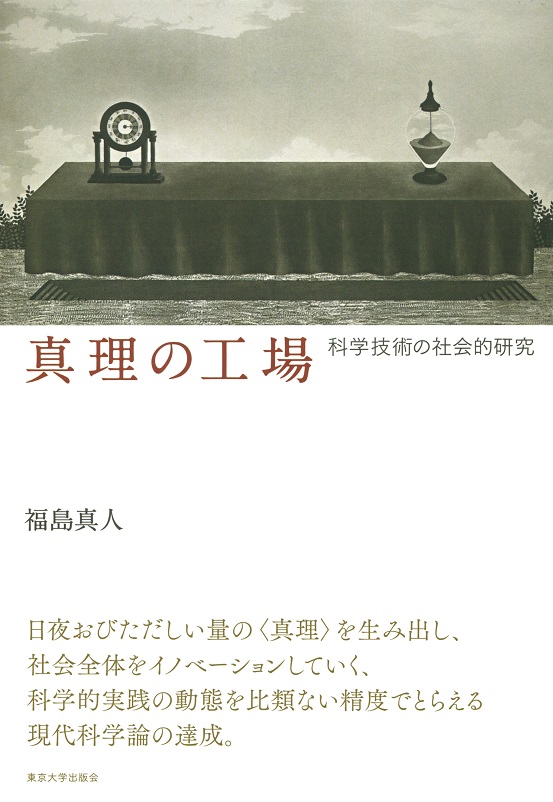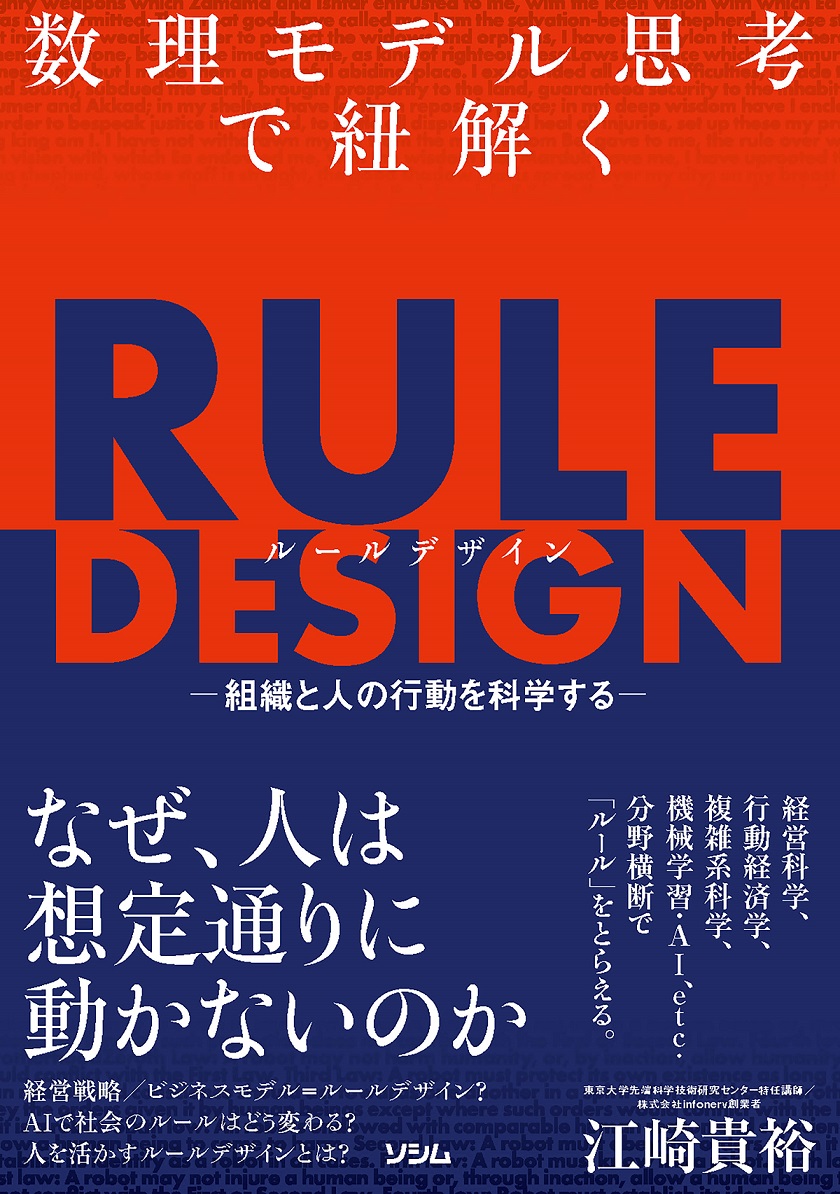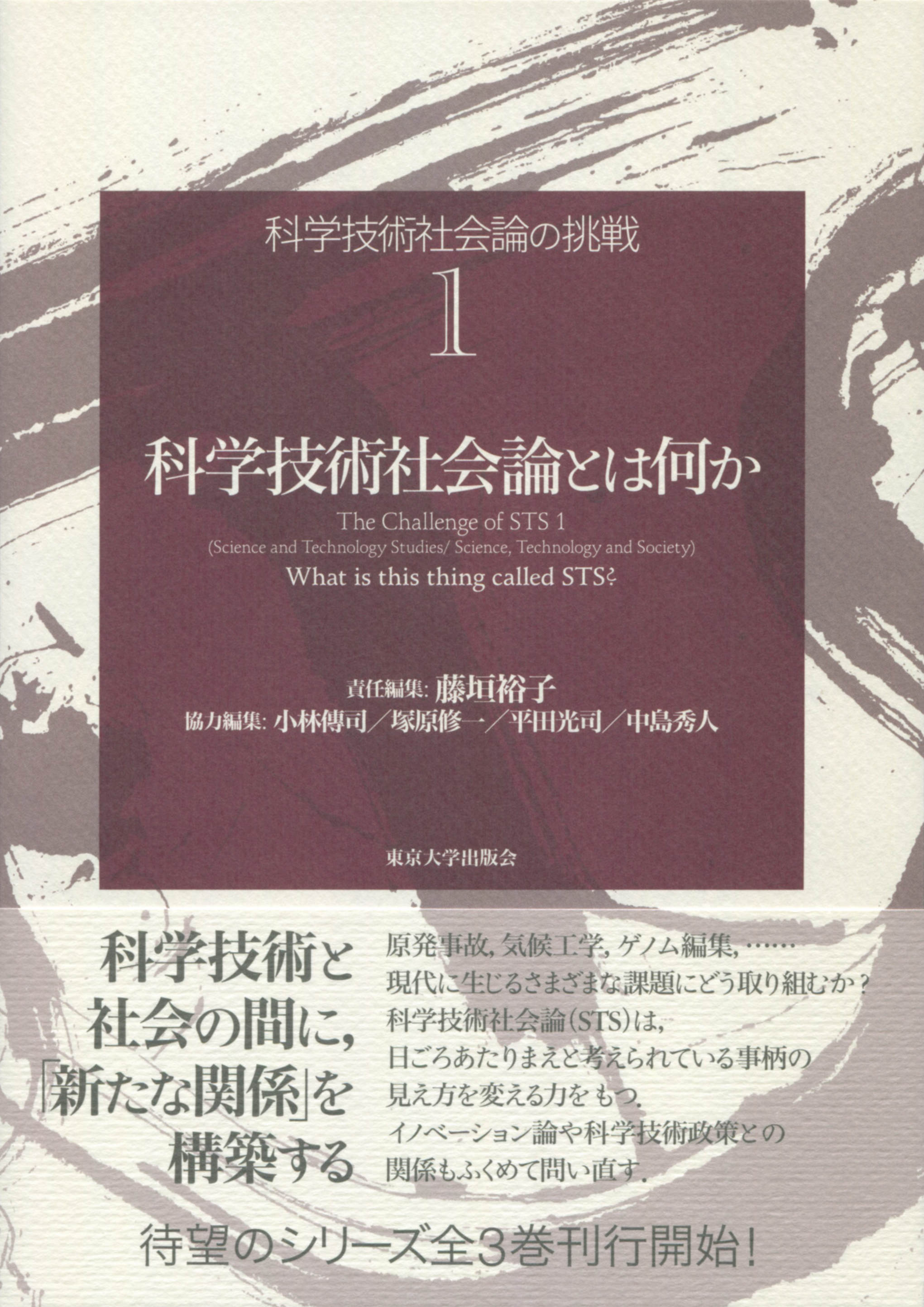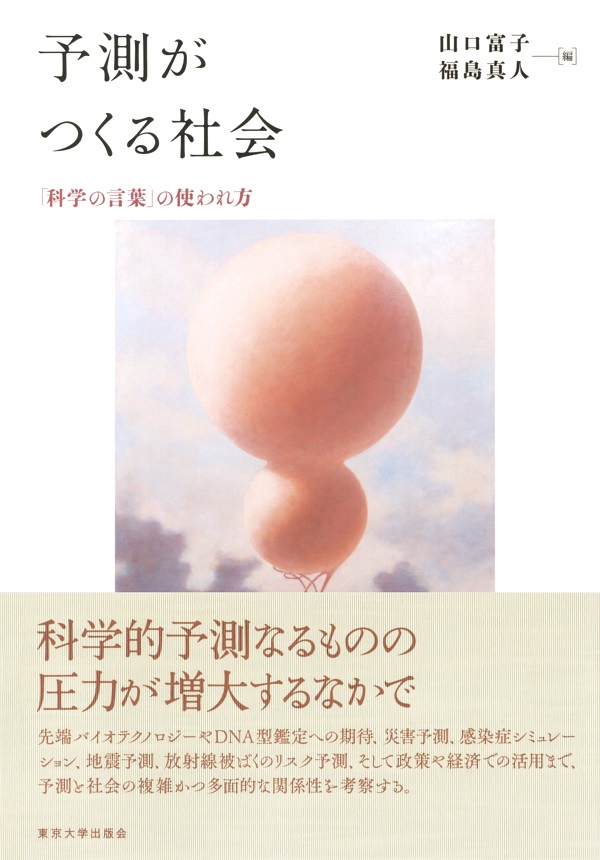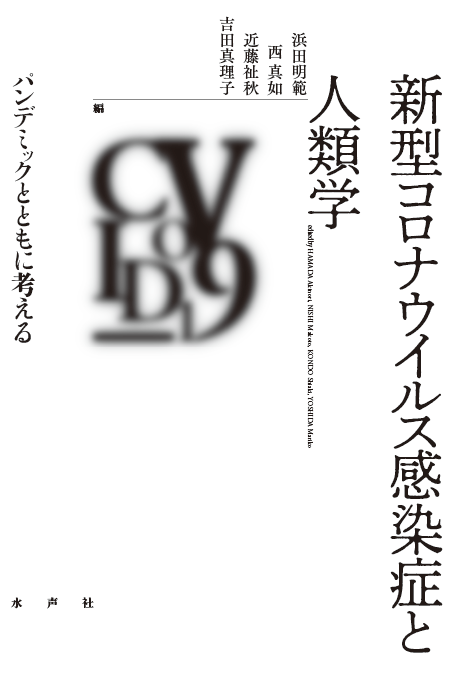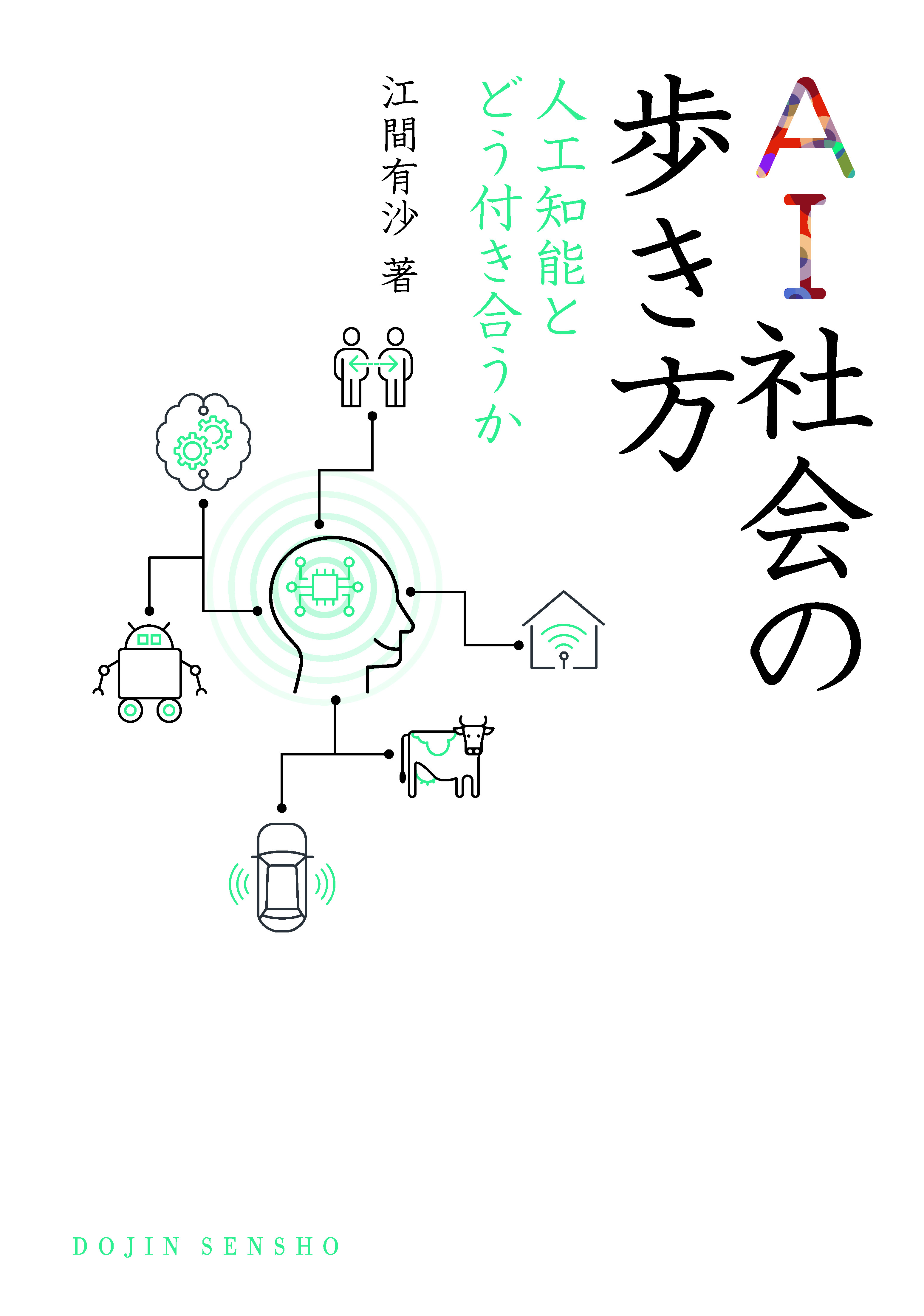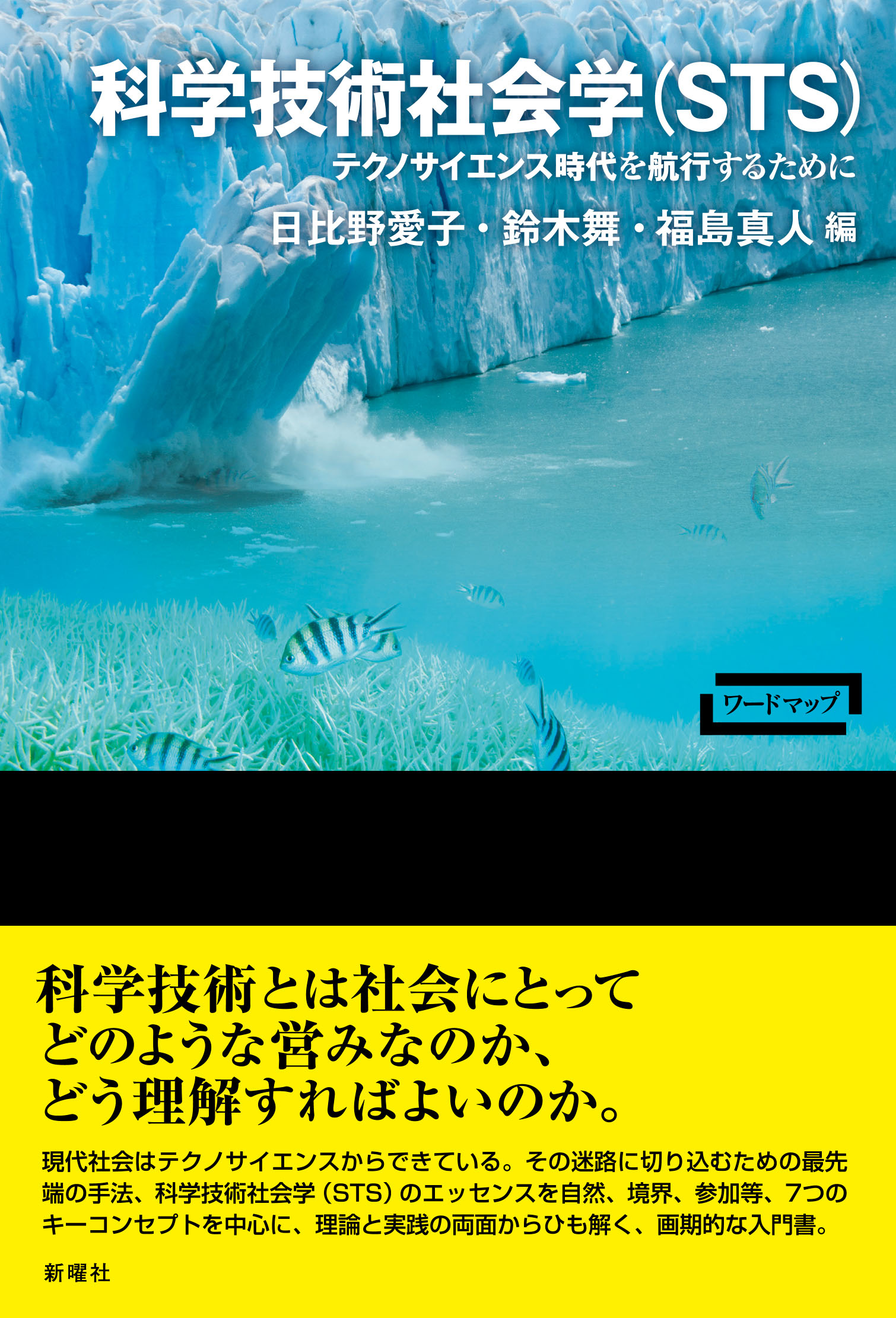
Title
WORDMAP Kagakugijutsu-shakaigaku (STS) (Science and Technology Studies (STS) - Navigating the Era of Technoscience)
Size
200 pages, 127x188mm
Language
Japanese
Released
August 10, 2021
ISBN
9784788517325
Published by
Shinyosha
Book Info
See Book Availability at Library
Japanese Page
Contemporary society is characterized by technoscience. The influence of science and technology on the way our society progresses is undoubtedly exemplified by such instances—endless news on global climate change, environmental disasters, genetic engineering, and cyber-crimes.
Science and technology studies (STS) have been developed to examine the dynamism of technoscience through the lens of social sciences. This emerging discipline was born in the West around the 1970s; it has rapidly expanded in our country in recent years. Additionally, it is true that this field of research is extremely interdisciplinary, and encompasses all segments of social sciences, such as sociology, anthropology, political science, economics, geography, and law. As a result, it has been argued that a newcomer may find it challenging to understand completely what is happening in the field today.
This new book comprises seven key concepts: nature, boundary, process, place, order, future, and participation. It aims to provide the reader a concise but inclusive picture of this newly emerging field of research. This book pays great attention to both theoretical and practical aspects of STS.
This book highlights the uniqueness of STS by shedding light on the complex entanglement with traditional social sciences in terms of continuity and discontinuity between these. The cutting-edge argument in STS comprises both easily understandable topics, such as science communication, as well as those that are highly technical, such as the philosophical ones on the ontology of things and nature. These Janus-like faces of contemporary STS are derived from their complex relationships with the existing, more traditional social sciences. That said, such diverse approaches within STS at present also originate from the efforts to define what it means to study science and technology from a social science viewpoint. Without precisely understanding such shared understanding of technoscience that developed in the early stage of STS, it is difficult for arguments in STS, which reveal such diverse vectors, to progress.
This book tries to eliminate, to an extent, the superficial understanding of STS, such as its identification in terms of research ethics that prevails in our country. Additionally, it tries to replace this surface understanding with a more in-depth one of its basic conceptual structures and better comprehension of what is currently happening in the field. Furthermore, this book comprises columns by contributors who vividly describe behind-the-scenes of the authors’ research ranging from politics to contemporary art.
(Written by FUKUSHIMA Masato, Professor, Interfaculty Initiative in Information Studies / 2022)
Table of Contents
Chapter 1 Nature
1-1. Kantianism
1-2. Post-Kantianism
1-3. The Sociology of Things
1-4. STS as Social Science
Column 1: The Latour Myth
Chapter 2 Boundary
2-1. The Boundary of Science
2−2. Collaboration
2−3. Reorganization
Column 2: Despite of All the Talks about Ethics
Chapter 3 Process
3−1. Research Process
3−2. Being as Process
3−3. Innovation
3−4. Economy and Market
Column 3: Transferring Technoscience
Column 4: On the Spot of Innovation
Chapter 4 Place
4−1. The Geography of Science
4−2. The Locus of Laboratory
4−3. Science and Folk Knowledge
4−4. Gender
Column 5: The Environmental Problems in Indonesia
Column 6: The Everyday Life in Laboratory
Chapter 5 Order
5−1. Infrastructure
5−2. Science and Regulation
5−3. Science as Evidence
5−4. Crimes and Science
Column 7: On Agrobiotechnology
Column 8: After the Wave of ELSI for Synthetic Biology
Chapter 6 Future
6−1. Expectation
6−2. Models
6−3. Image
Column 9: The Habitat of Mathematical Models for Infection
Chapter 7 Participation
7−1. Citizen Participation
7−2. Citizen Science
7−3. User
Column 10: Science and Art?
Column 11: Citizenly Citizen
Postscript
Index



 Find a book
Find a book


